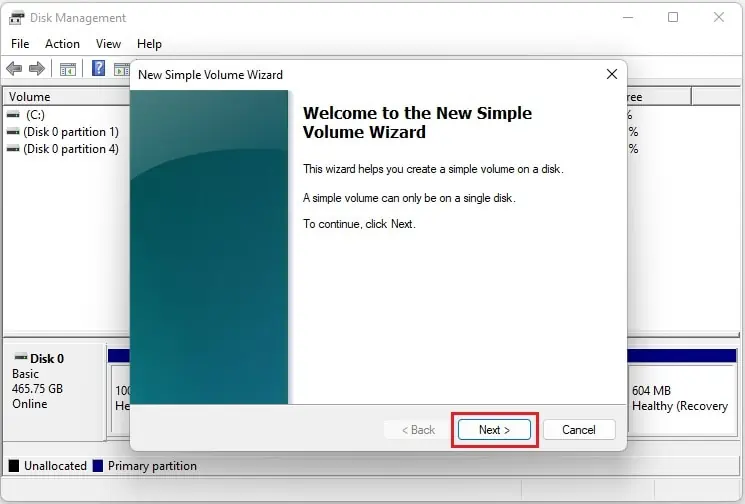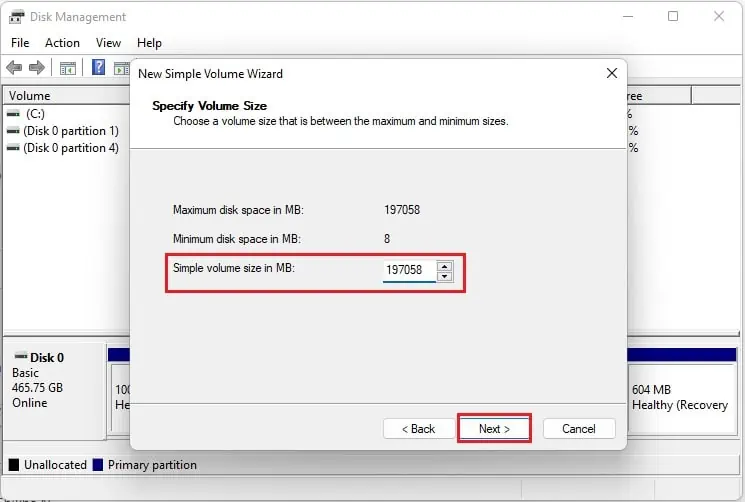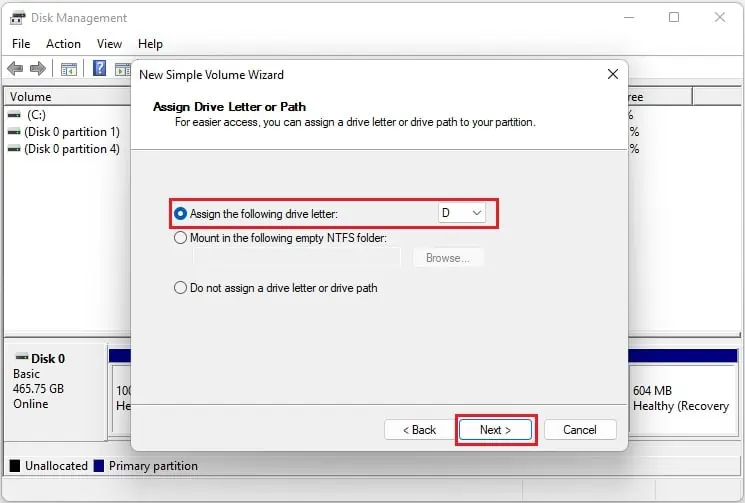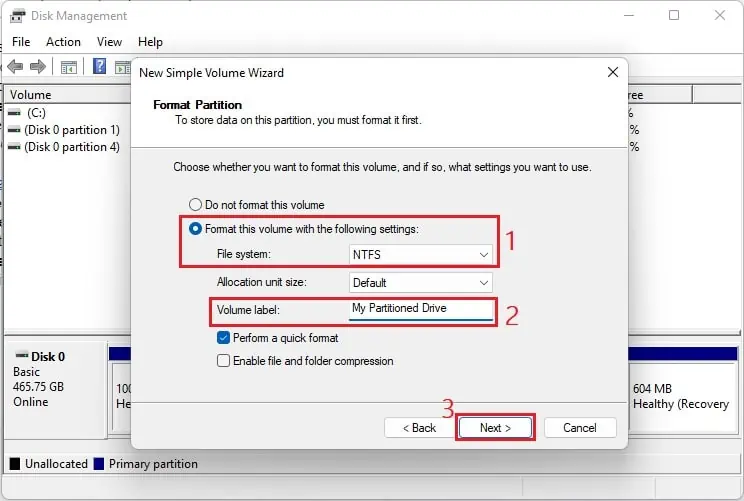Back in the days when we heavily relied on HDDs, we partitioned them to improve scalability and performance. Likewise, partitioning an SSD is also achievable.
Well, partitioning a solid-state drive lets you create separate sections so that file organization becomes much quicker. Moreover, it also helps run two different operating systems in a single device (for example,dual boot Windows 11 and Linux). However, this doesn’t add any advantage over the SSD speed and performance.
In this article, we will guide you through the four different methods of partitioning an SSD, alongside its pros and cons.
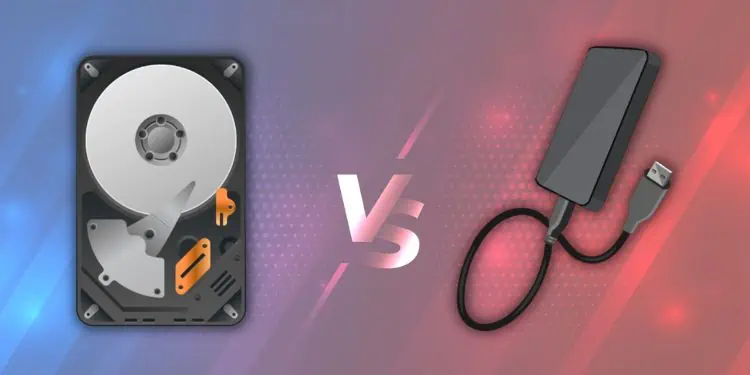
Partitioning HDD vs SSD
In HDDs, drive platters are used to store magnetic data. Hence, these physical movements of the circular disks can often cause wearing and tearing.
To avoid this, you may create partitions on your hard drive to reduce the time a magnetic head takes to perform a read or write operation. Thus, you notice a significant improvement in the drive’s performance.
On the other hand, SSDs useinterconnected flash memory chipsfor reading and writing digital data. This way, the data transfer rate, bandwidth, and other factors are comparatively high in solid-state drives. Moreover, defragmentation, vital in HDDs, is not required here.
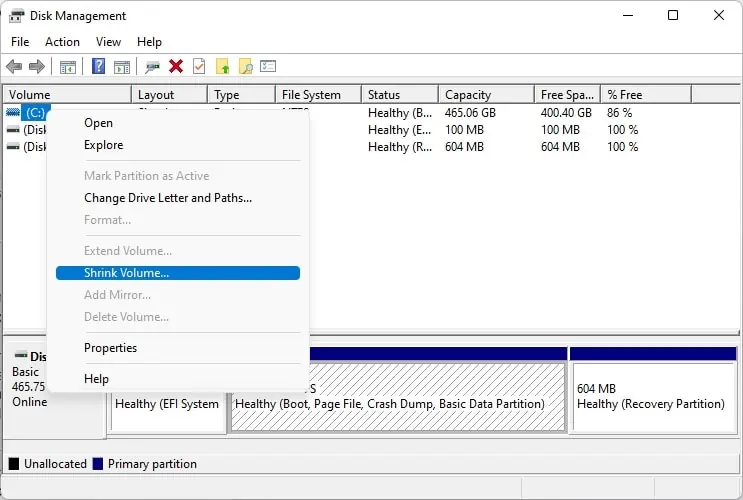
Hence, it’s not a compulsion to create partitions on an SSD, as it hasno difference in terms of performance. Nonetheless, there are some other benefits of partitioning, which we will discuss in the below section.
Caution:Partitioning SSD having 120 to 128 GB capacity should be avoided, as the Windows files will cover most of the storage, leaving only around 100 to 110 GB of available space.
SSD Partitioning: Pros and Cons
Indeed, there can be both pros and cons to partitioning an SSD. Basically, this section deals with the plethora of myths regarding whether you should or shouldn’t partition a solid-state drive.
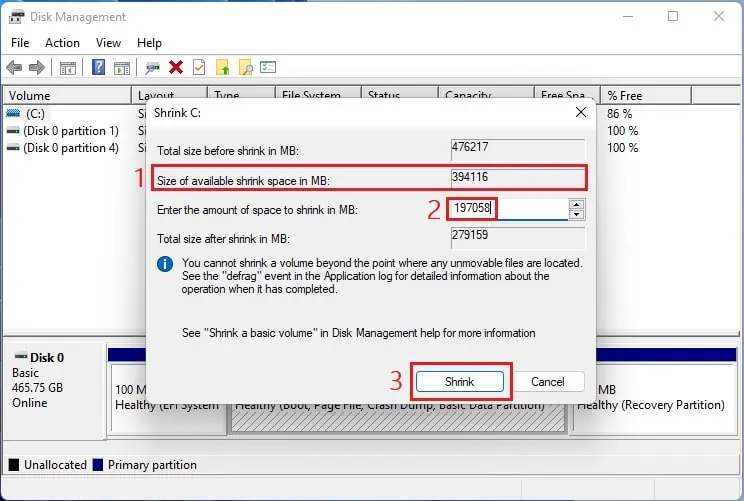
As discussed earlier, partitions do not improve the overall system performance, which means it’s not really required for average PC users. Likewise, another disadvantage is that itwon’t increase the wear, as it does whilepartitioning HDDs.
Nevertheless, you may definitely partition your SSD if you’re looking for thepossibility of dual-booting. Moreover, if you create separate sections for Windows files and other documents, your personal data won’t be altered when you’ll have to reinstall or repair the OS.
Well, you may go through the following table to learn more about the pros and cons of SSD partitioning.
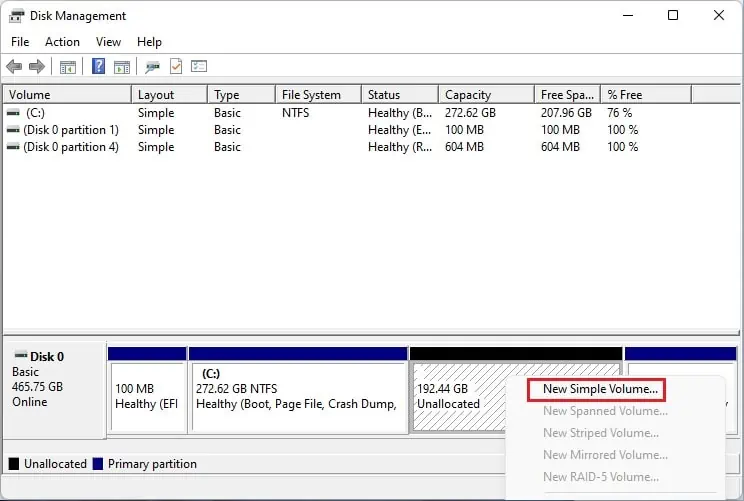
4 Ways to Partition SSD
